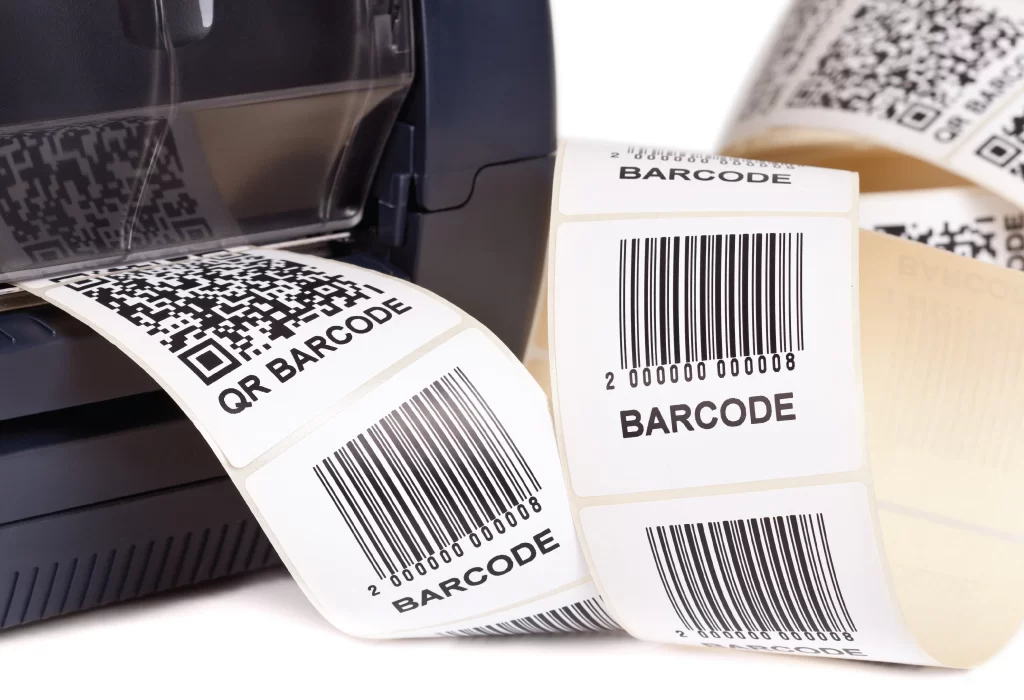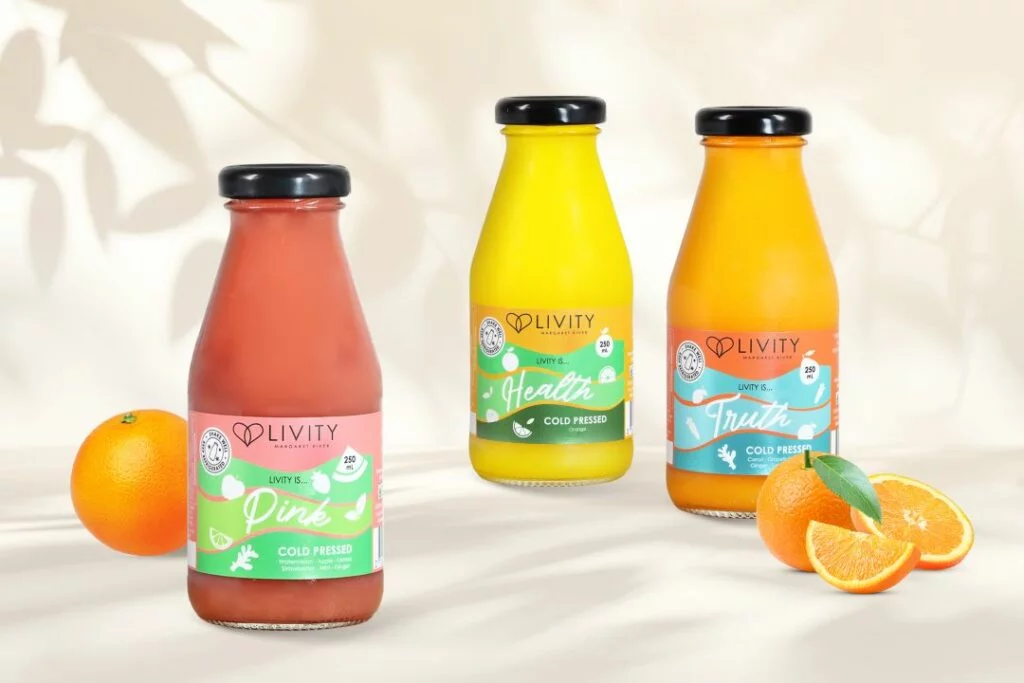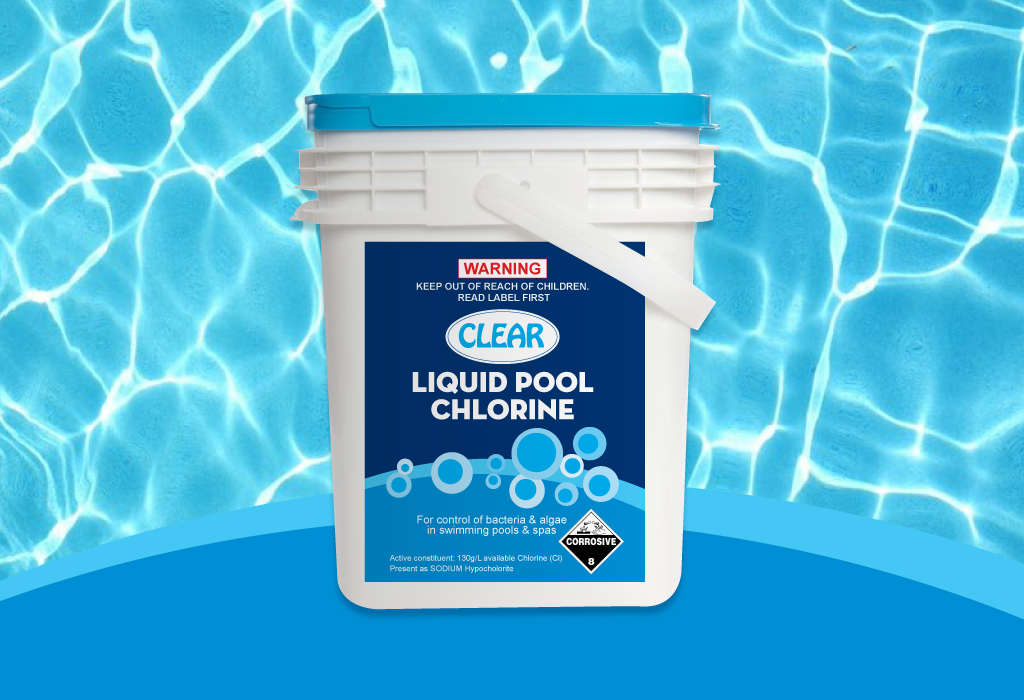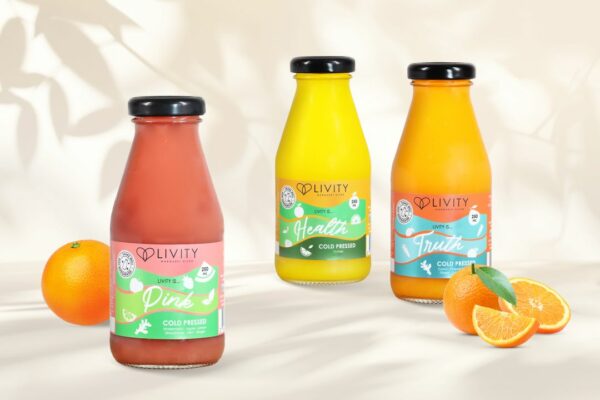In an era where technology seamlessly integrates with everyday products, smart labels are revolutionising the way businesses and consumers interact with goods. As an advanced form of labelling, smart labels incorporate technologies such as QR codes, RFID tags, and NFC chips, providing more than just basic product information. In this article, let’s do a deep dive into smart labels, what they are, and how they can transform your business.
I. What Are Smart Labels?
1. What’s The Definition Of A Smart Label?
Smart labels are advanced labels that incorporate technologies such as QR codes, RFID tags, or NFC chips to provide additional information and functionalities beyond traditional labelling. These labels enable real-time tracking, product authentication, and interactive consumer engagement, enhancing supply chain management and customer experience.
2. What Types Of Smart Labels Are Out There?
QR Codes (Quick Response Codes)
| Typical Use | Markets |
| Instantly access product information | Retail |
| User manuals | F&B |
| Promotional content | Marketing & Advertising |
| Scan with a smartphone | Healthcare |
RFID Tags (Radio-Frequency Identification)
| Typical Use | Markets |
| Track and manage inventory | Retail |
| Streamline logistics | Supply Chain & Logistics |
| Enhance security | Healthcare |
| Enable contactless payments | Manufacturing |
NFC Chips (Near Field Communication)
| Typical Use | Markets |
| Contactless payments | Retail |
| Enable smart packaging | Consumer Electronics |
| Provide interactive consumer experiences | Smart Packaging |
| Enhance product authentication | Payment Systems |
II. How Do Smart Labels Work?
Step 1. Data Storage & Encoding
- How Do You Encode Data Onto Smart Labels?
Smart labels utilise various methods for data encoding, including QR codes, RFID tags, NFC chips, and barcodes. These methods encode information in digital or visual formats that can be easily scanned or read by compatible devices.
- What Type Of Data Is Stored?
Smart labels store a range of data, including product information such as ingredients, manufacturing details, and expiry dates. They can also store tracking data for inventory management, shipping details, and real-time location updates, ensuring complete traceability from production to customer.
Step 2: Interaction With Consumer Devices
- How Can Consumer Access Information?
Consumers can access the information stored on smart labels by using smartphones, tablets, or other compatible devices. By scanning a QR code or tapping an NFC-enabled label, users can instantly retrieve product details, user guides, promotional offers, and more!
- What’s The Role Of Smartphones In Reading Smart Labels?
Smartphones equipped with cameras, NFC readers, and apps play a crucial role in reading smart labels. These devices decode the data and present it in a user-friendly format, enabling consumers to make informed decisions quickly and conveniently.
Step 3: Real-Time Data Update & Retrieval
Smart labels are often connected to cloud-based systems or other networks, allowing for real-time data updates. For instance, with something like QR codes, companies can update product information in real time, allowing for customers to receive the most relevant information when scanning the code.
Data retrieval mechanisms also include cloud servers and other platforms that aggregate and process information from smart labels. This data is then made accessible through web portals, mobile apps, or enterprise software, providing users with valuable information.
Step 4: Integration With Systems
The data collected from smart labels can be integrated into broader systems such as cloud-based platforms. This integration enables comprehensive data management, analysis, and reporting, facilitating better decision-making and operational efficiency.
III. What Are The Benefits Of Smart Labels?
1. Enhance Product Information
- Real-Time Updates
Smart labels allow for digital information to be updated in real-time. This means any changes in product details, pricing, availability, or promotional offers can be instantly reflected, ensuring consumers always have access to vital information.
- Detailed Descriptions
Smart labels provide instant access to comprehensive information. This includes detailed product descriptions, usage instructions, ingredient lists, and nutritional information, enabling consumers to make smart purchasing decisions.
2. Improve Consumer Experience
- Easy Access To Information
Smart labels make it simple for consumers to access all the information they need by easily scanning the labels with a smartphone. This hassle-free access to product details enhances convenience and satisfaction.
- Increased Transparency
Smart labels foster increased transparency by providing consumers with detailed information about the products they are purchasing. This transparency builds trust and confidence in the product, as customers know exactly what they are buying and can verify its authenticity and quality.
3. Supply Chain Efficiency
- Inventory Management
Smart labels improve inventory management by enabling businesses to effortlessly keep track of stock levels. This reduces the chances of running out of products and ensures that inventory is re-stocked in a timely manner.
- Tracking & Tracing
With smart labels, products can be tracked throughout their journey from production to the end consumer. This tracking ensures that products arrive safely and on time, all the while providing valuable insights into the supply chain.
IV. What Are The Most Common Applications Of Smart Labels?
- Medical Equipment & Device Labels
Smart labels play a crucial role in the medical field by enhancing the tracking and management of medical equipment and devices.
- Supplement Labels
In the supplement industry, smart labels offer a way to provide detailed information about product ingredients, dosage instructions, and potential allergens.
- Food & Dairy
Smart labels are increasingly used in the food and dairy sectors to monitor product freshness and safety.
- Beverage
In the beverage industry, smart labels enhance the consumer experience by offering interactive content and detailed product information.
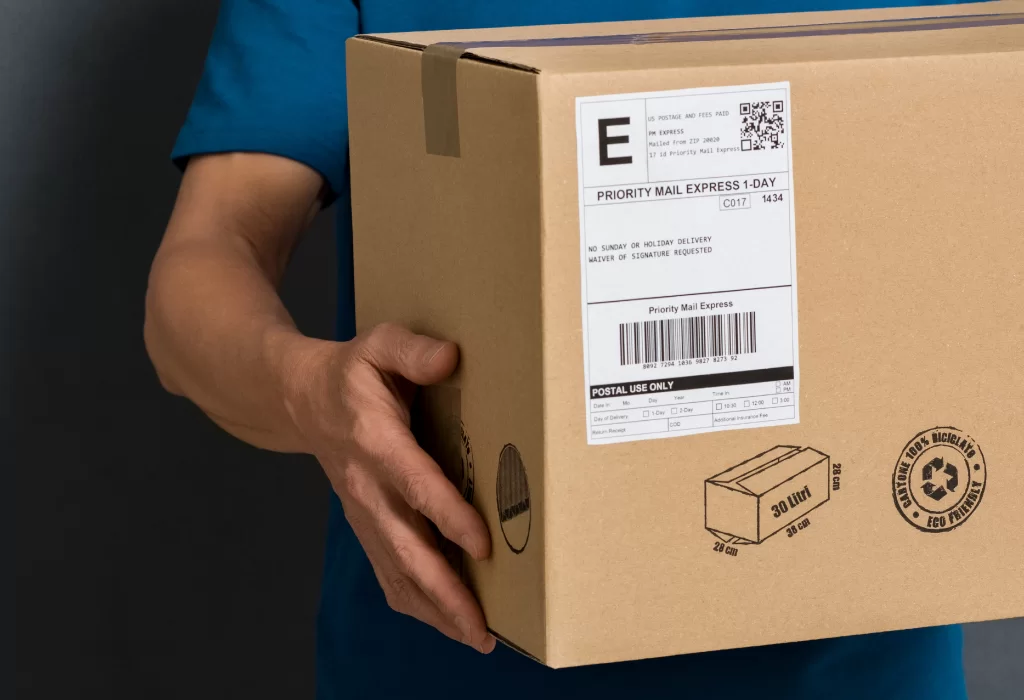
Key Takeaways:
- Smart labels are advanced labels that incorporate technologies like QR codes, RFID tags, and NFC chips to provide real-time tracking, product authentication, and interactive consumer engagement.
- How they work: Smart labels store data, interact with consumer devices, allow real-time updates, and integrate with broader systems.
- Benefits: Enhanced product information, improved consumer experience, and greater supply chain efficiency.
- Applications: Widely used in medical equipment, supplements, food & dairy, and beverages.
V. For High Quality Label Solutions, Look No Further Than QLM Group!
Are you ready to elevate your products and streamline your supply chain with the latest in smart labelling technology? If so, look no further than QLM Group! With decades of experience and numerous innovative solutions, we can help you harness the full potential of smart labels to enhance product information, improve consumer experience, and boost supply chain efficiency. For more information, don’t hesitate to contact us now!






